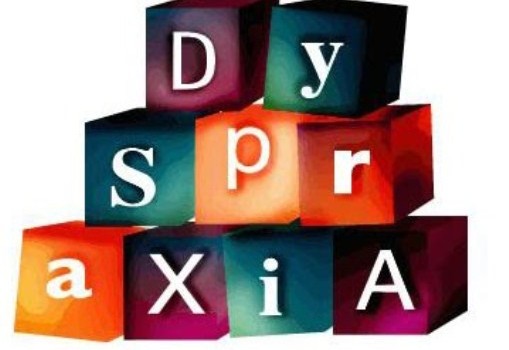Around five per cent of the UK population are affected by dyspraxia with males three times more likely to have the condition compared to females.
So what is dyspraxia? It is a lifelong condition that affects a person’s movement and coordination. For example someone with dyspraxia may have difficulty in tying shoelaces, running, hopping and throwing. A child might take longer to reach milestones such as standing, walking and speaking. They may also display speech difficulties.
Dyspraxia Awareness Week takes place next month and Sally Payne, paediatric occupational therapist at Heart of England NHS Foundation Trust and a trustee of the Dyspraxia Foundation, said: “Early intervention is vital to ensure that children with dyspraxia develop the fundamental movement and organisational skills that they need to carry out daily activities, including those necessary for successful school performance.
“By raising awareness of early recognition, those affected with the condition can receive the help they so desperately need and ensure that they can reach their maximum potential in life.
“Practical subjects at secondary school can be very difficult for teenagers with dyspraxia who lack the ability to handle equipment safely and effectively. This is a particular problem in design and technology where poor coordination makes it hard for students to measure and cut accurately, especially when working under time pressure or in a distracting environment.
“Handwriting is a particular challenge and using an immature pencil grip can lead to pain and fatigue when writing. There is the risk of underachievement when students are unable to demonstrate their ideas on paper. Anxiety about the risk of injury can damage confidence, while disappointment and frustration at their inability to create an acceptable product can lead to disengagement.”
Receiving the right support can help teenagers with dyspraxia reach their academic potential and develop important life skills as Sally highlights: “While teenagers with dyspraxia share many underlying problems, each will have their own unique profile of strengths and difficulties. If you work with students who have dyspraxia, try to identify a sport or physical activity that matches their ability. Participation in sports such as cycling and martial arts can continue into adulthood and have long-term benefits for health and fitness.
“By involving students in identifying the strategies and supports that work for them, teenagers are more likely to use equipment and learning aids that they have chosen themselves which is therefore more likely to enhance their academic performance. People with dyspraxia don’t learn by watching others, they need to experience activities for themselves.”
For more information on dyspraxia, please visit the Dyspraxia Foundation website (http://www.dyspraxiafoundation.org.uk/).
Dyspraxia Awareness Week takes place between 11 and 17 October.







